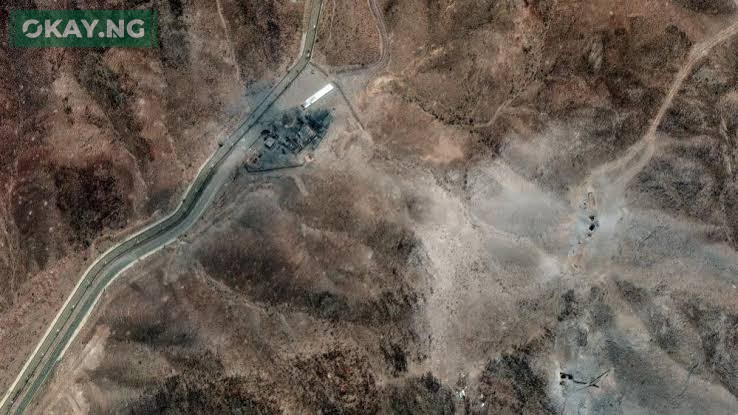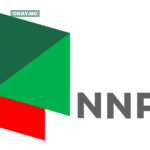A preliminary assessment by the United States Department of Defense indicates that recent US airstrikes targeting Iran’s nuclear facilities have not eliminated the country’s nuclear capabilities but have only delayed progress by several months. According to intelligence sources, Iran’s enriched uranium stockpiles remain intact, and damage to centrifuges was minimal. The US military struck three key sites—Fordo, Natanz, and Isfahan—using “bunker buster” bombs designed to penetrate underground. However, most of the damage was limited to surface structures, with underground equipment largely unharmed.
Okay.ng reports that while entrances to two facilities were sealed and some infrastructure was damaged, the core nuclear infrastructure underground escaped significant harm. Despite these findings, the White House dismissed the report as misinformation, calling it a leak from a “low-level loser in the intelligence community” and labeling it “flat-out wrong.” President Donald Trump asserted the sites were “completely destroyed” and criticized the media for attempting to undermine the military operation.
Defense Secretary Pete Hegseth supported the President’s stance, stating, “Based on everything we have seen—and I’ve seen it all—our bombing campaign obliterated Iran’s ability to create nuclear weapons.” He added that anyone disputing the effectiveness of the strikes was attempting to undermine the President and the mission.
However, some US officials expressed skepticism. Democratic Congressman Brad Sherman questioned the actual impact, noting the lack of clarity about whether Iran’s uranium stockpile or centrifuge infrastructure was neutralized. He cited satellite images showing suspicious activity before the strikes and said, “When they say obliterate the programme, they’re not even saying whether it’s obliterated the centrifuges and the ability to create uranium in the future or whether it is obliterating the stockpile.”
Iran downplayed the strikes’ effects, with a senior official stating that the sites were evacuated beforehand and materials relocated, meaning no major damage was sustained. Meanwhile, an Israeli source claimed most of Iran’s enriched uranium is now buried under rubble, though satellite images have not confirmed extensive underground damage.
David Albright, head of the Institute for Science and International Security, said the strikes caused disruption but rebuilding would be possible with time and investment. He noted Iran remains under close surveillance and could face further strikes if nuclear activities resume.
In retaliation, Iran launched missiles at the Al-Udeid Air Base in Qatar, which hosts US forces. The attack was largely intercepted and caused no casualties. Both the US and Israel continue to frame the operation as a strategic success. Israeli Prime Minister Benjamin Netanyahu said the strikes removed two “existential threats”—Iran’s nuclear potential and ballistic missile capability. The situation has increased regional tensions and complicated diplomatic efforts between Tehran and Washington, with Iran’s Supreme Leader expressing skepticism about renewed nuclear talks.













